The history of the internal combustion engine is one of continuous, detailed development.
Over the past 25 years in particular, the development line has run from increasing the number of valves per cylinder to the addition of variable valve timing, far more complex and expensive fuel injection systems and the additional of single, double and even triple turbochargers.
Today, with CO2 and fuel economy legislation the main priorities for car makers, costs and complexity are again on the rise as big investments are made in expensive ‘clean’ diesel and hybrid drivetrains with costly lithium ion batteries. But imagine a future low-CO2, low-pollution powertrain strategy that required a manufacturer to build just one engine and – potentially – just one matched transmission.
A single petrol engine could be scaled from being suitable for a supermini to use in a big SUV with just the addition of a single conventional turbocharger and a range of relatively inexpensive electrical assistance.

Even the small battery – used on mild hybrid versions to harvest waste energy from braking and coasting – wouldn’t have to be an expensive and complex lithium ion unit. Instead, it would be a much more stable, less demanding lead-carbon battery.
Germany plans to ban combustion engines by 2030
A car maker that went down this engineering route would be able to manufacture a single engine in a single size and for a single type of fuel. It might only need to source conventional turbochargers in just two or three different sizes.
For hybrids and the most powerful versions of such an engine, the car maker would need just one type of integrated starter generator (ISG) – which provides an electrical supply for an electric supercharger and recuperates waste energy – and one type of high-speed electric supercharger, which ensures significant torque from tickover.

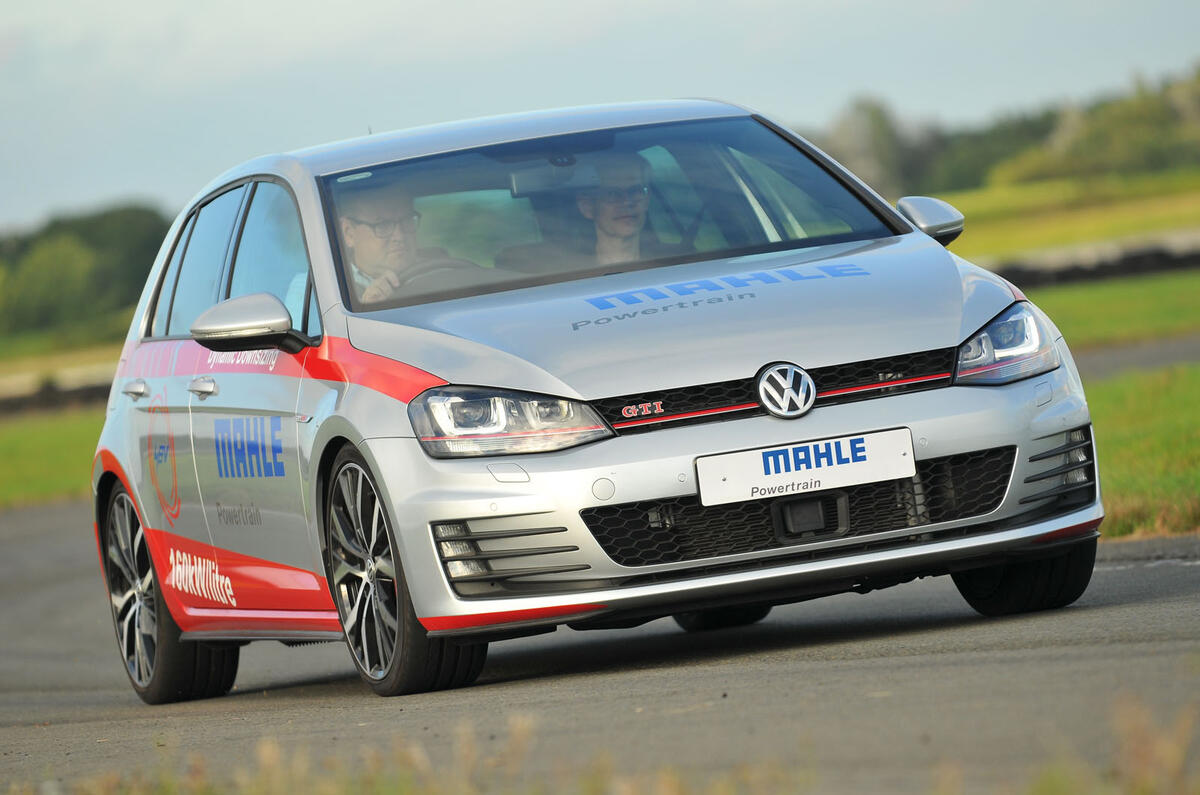
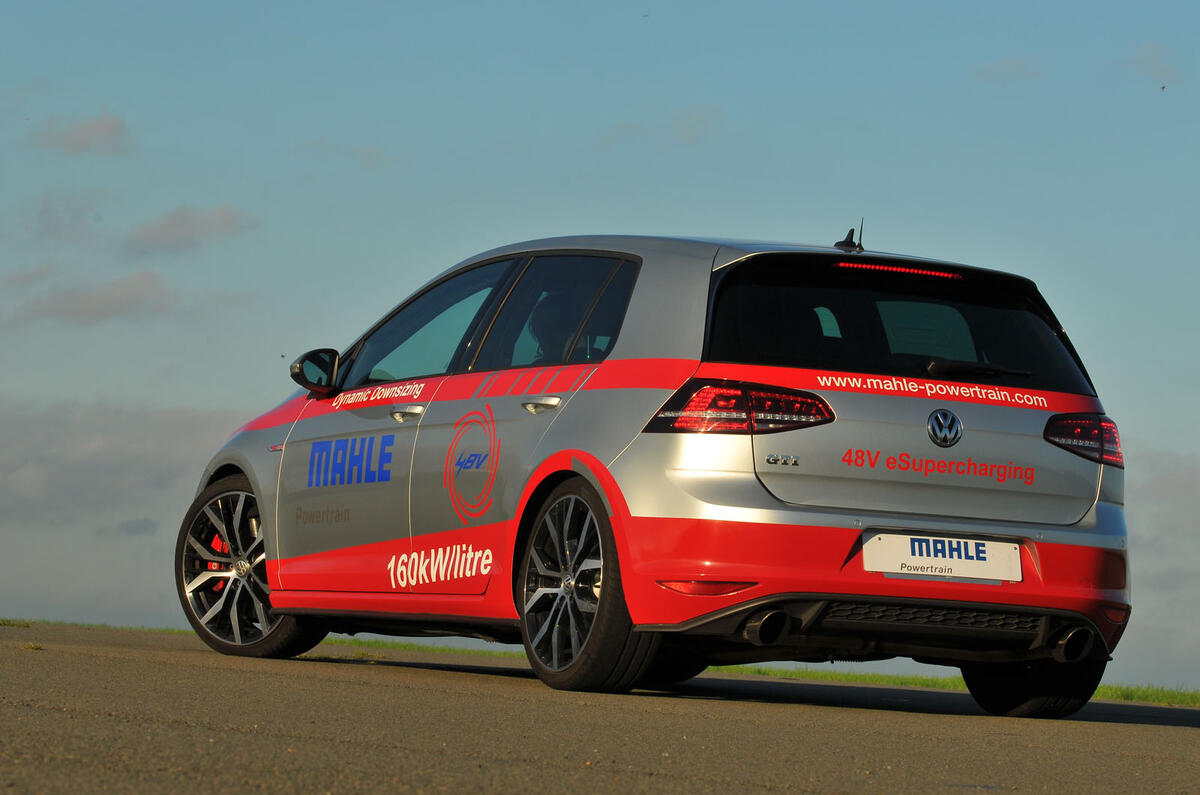

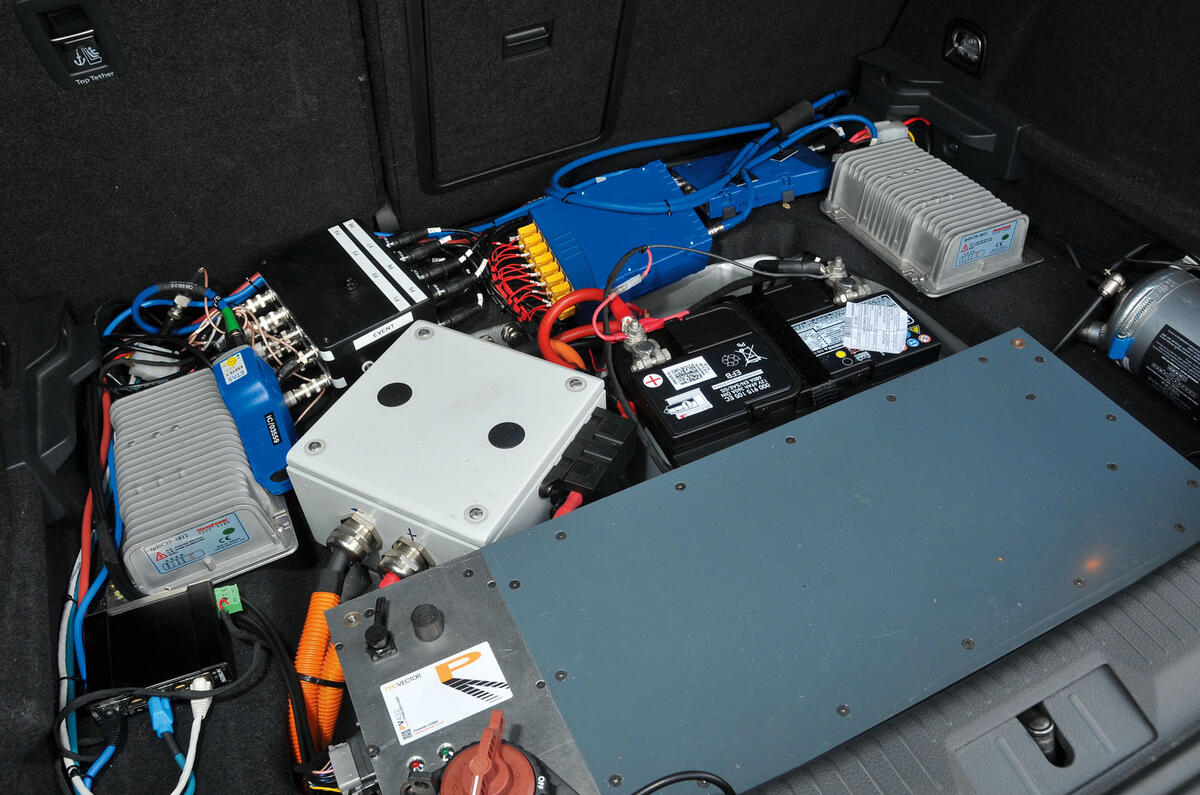
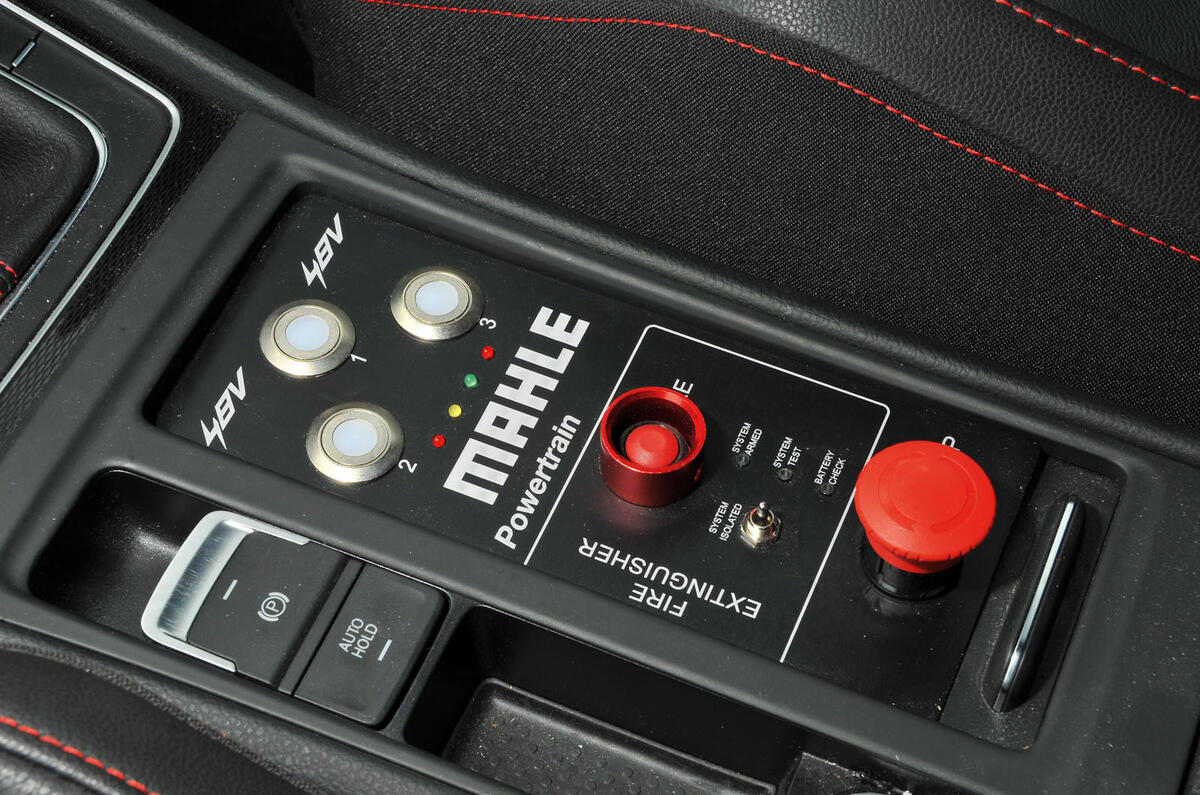

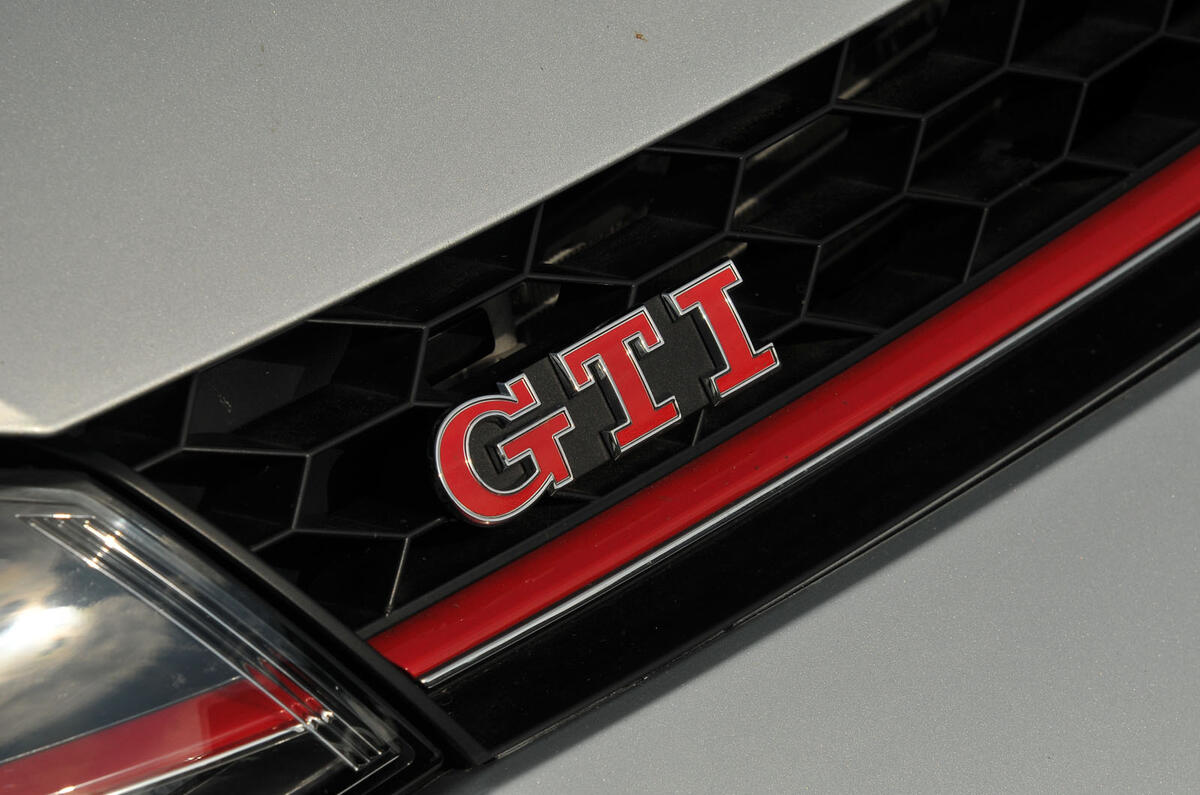

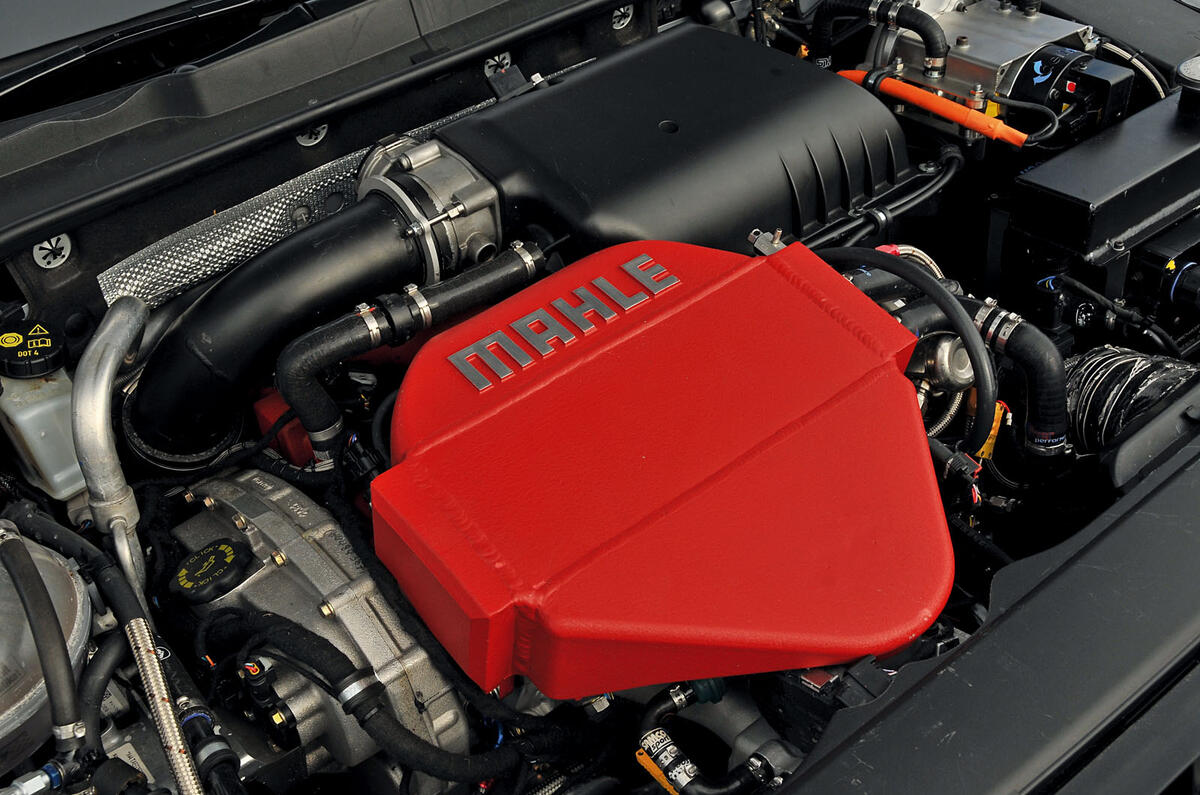

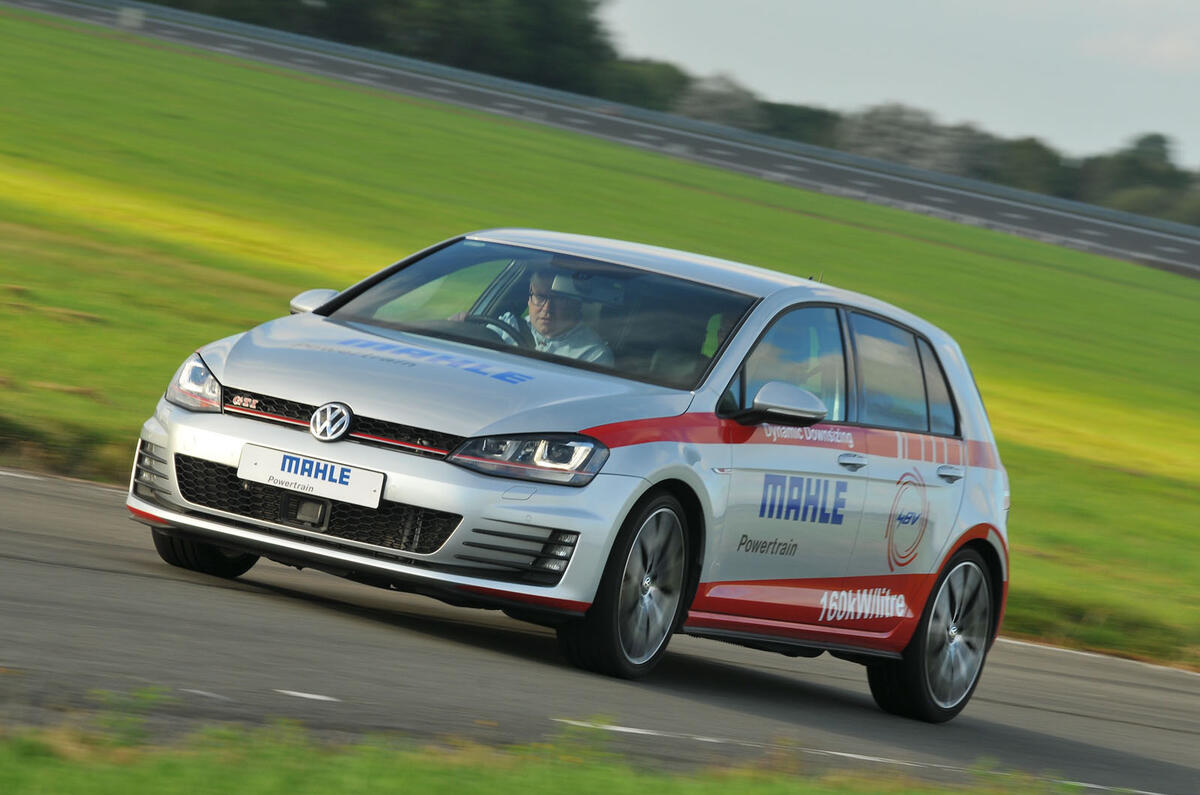
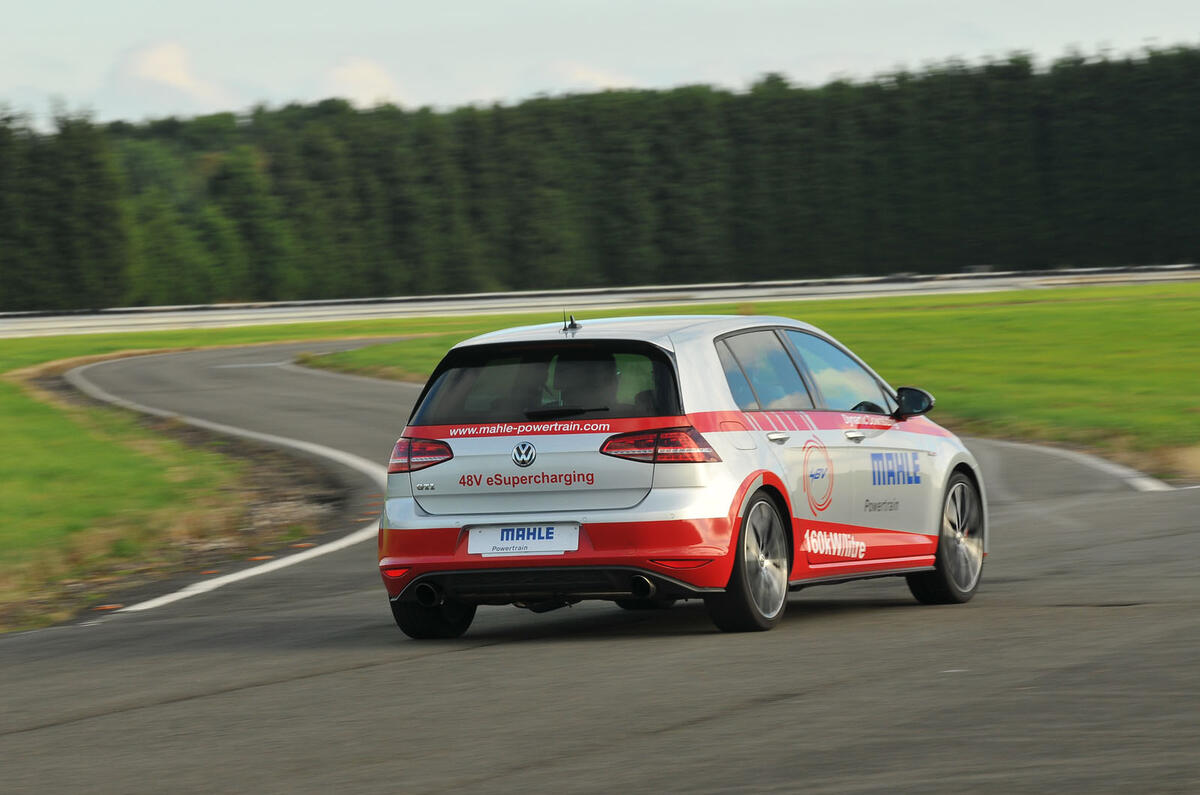
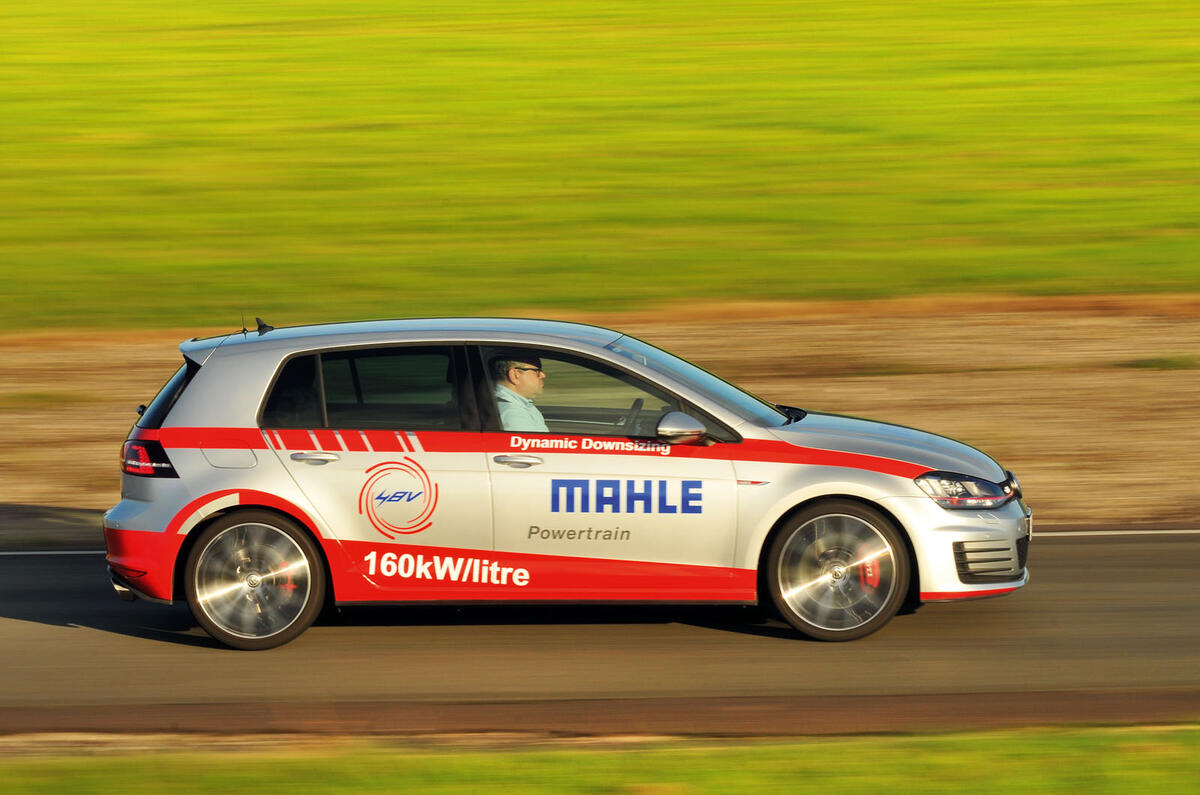
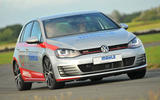
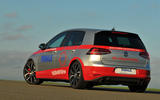


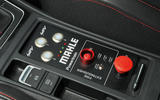

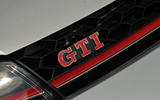
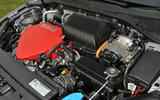
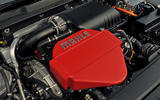
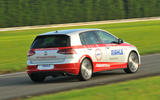
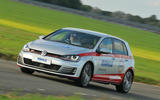

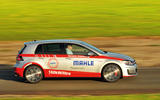





Join the debate
Add your comment
And how
Already done?
Old news